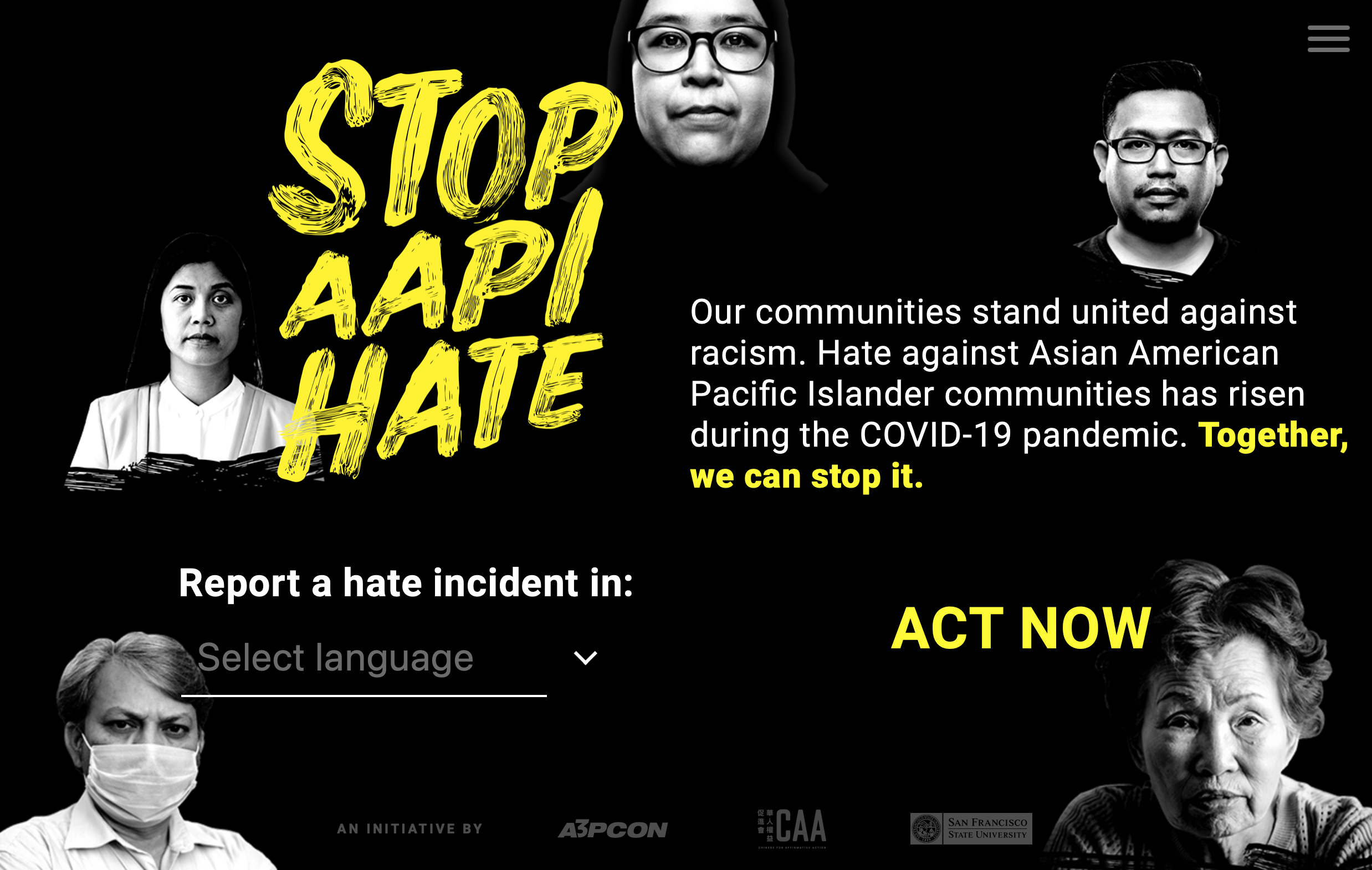Cultural appropriation is something we see in our everyday lives. Whether it is on social media, interacting with others, the stores we go to, etc., it is everywhere. It is truly just a matter of if we recognize it enough and deem it wrong when we notice it.
AAVE
A common, yet unnoticed example of cultural appropriation is AAVE (African American Vernacular English) and slang. We see this a lot of the time when talking to people, and you yourself could possibly be appropriating it too.
This “Black English” or “Ebonics” includes different word pronunciation and grammatical features that are typically seen as ghetto and illiterate. Some examples are “yo” (your), “they” (their/ they’re), and “gon” (going to). Common slang terms include “bae”, “woke”, “hella”, “aye”, and “lit”. This form of communication that unifies the black community is often bashed and ridiculed yet is systematically copied and stolen by non-black people and is thus seen as cool or hip.
AAVE is declared as improper as society urges black people to speak “properly” and with “civility,” yet the non-black people who appropriate these words and speech patterns are not seen as “ghetto” or “ratchet.”
As black people, the struggle to establish and hold onto our culture is a constant battle. Black people were stripped of cultural lineage through the slave trade, and developed a unique culture here in America. Even today, we are bashed for not acting proper, civilized, or professional.
Appropriation makes black culture palatable and okay for everyone in a society, yet demonizes the people who made the form of communication in the first place. Using AAVE becomes problematic when it is not done with acknowledgement, respect, or appreciation for black people and culture.
Blackfishing
Blackfishing (an act commonly perpetrated by white people to appear of African ancestry) is also perpetuated by a lot of celebrities and people idolized by society. The Kardashian and Jenner family, for example who were called out for trying to look like black women, and for having relationships with black men, yet staying silent on the Black Lives Matter Movement.
These women who are mainly perceived as “iconic” are also known to be cultural appropriators. They get plastic surgery for the ideal body type, which happen to be features predominantly seen in black women. The “exotic” eye shapes, full lips, slim waists, large thighs and upper body, cheekbones, and more that they have undergone procedures to obtain, are mainly seen in women of color.
Besides literally changing one’s physical appearance through surgery, many people we see on social media including mutuals or famous people, photoshop darker skin or use filters to look tanner and brown. Attempting to look melanated and achieve ethnic looks, and being able to take off that makeup or photo filter to reveal a privileged skin tone that does not suffer oppression makes blackfishing extremely problematic.
It is bad enough if someone is photoshopping features onto themselves that black women get made fun of, disrespected, and undermined for, but on top of that, not caring for social injustices that affect the same people they are copying, makes them an even worse person. Changing appearance will never be okay but seeing no credit and zero appreciation makes the appropriation ten times more harmful.
As white people are looking more and more ethnic through surgeries and photo editing, actual people of color are beginning to be questioned as white or having white in them. The appropriation blurs the line and as the distinction lowers, the appropriation is seen as more and more okay as we have seen throughout time.
Hairstyles
Another far too common form of appropriation is hairstyles. Black people are uniquely known for having resilient hair, thus wear it in styles like braids, twists, cornrows, and more. There is history behind these certain hairstyles.
During the middle passage, Africans (soon to be slaves) would put pieces of rice along their scalp and keep it secure in cornrows so they would have something small that could possibly keep them from starving to death. Because they were forced to leave their homes, stripped of culture, dignity, and identity, and were mixed with Africans from other countries on the plantations leaving them with no way to communicate with one another, their hair was the only part of their culture they could share and hold on to. It was a matter of life or death during the slave trade.
Many people do not understand why the black community does not appreciate when people use these hairstyles as trends or to be cool. Our hair is our heritage and not something to be copied by people who have not faced the same struggle.
We see white celebrities walk the red carpet with cornrows or dreads and they get told that it is fashionable, then those same people declaring it cool on them are looking down on black people for having the same styles on their hair or for being too “nappy-headed”.
Overall, cultural appropriation does destruction and damage, makes double standards, is incredibly disrespectful, disregards parts of our history, etc. – it is not something to be taken lightly. AAVE, black-fishing, and hairstyles are just a few of the plethora of ways people can appropriate culture so it is encouraged that we research more to further educate ourselves. It has gotten to the point of commonality where we rarely even spot it.
Hold people accountable for their actions and take note when you notice it. The lack of appreciation and acknowledgement to communities of color, mainly the black community, is unacceptable and should be a much bigger deal than society and the media makes it.

